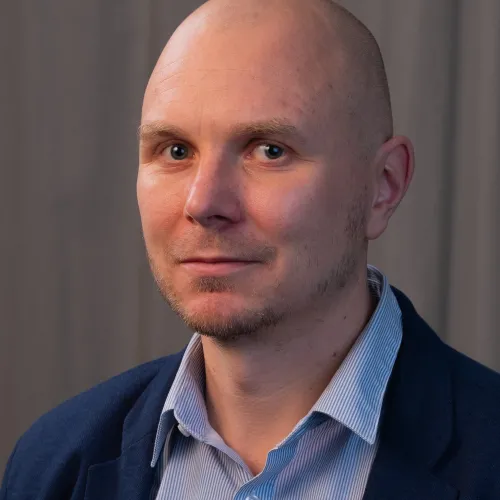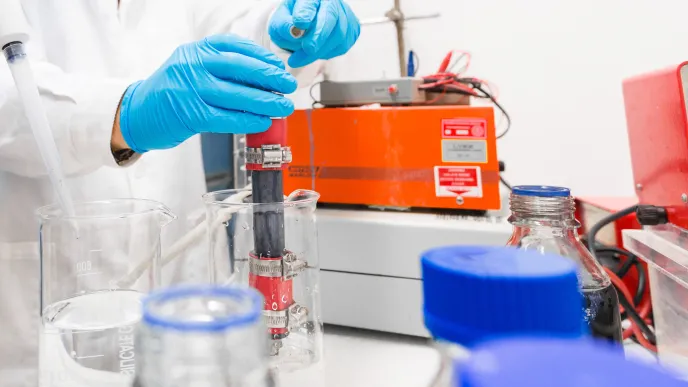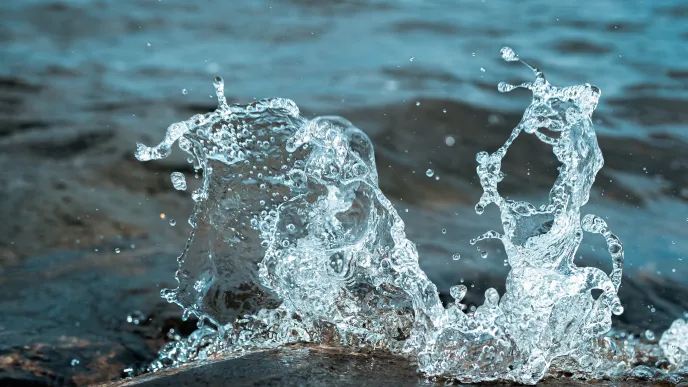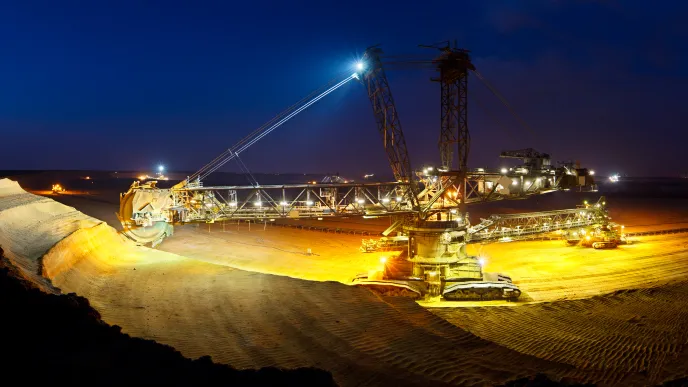Extremely important, but unknown and even underrated. This is how Sami Virolainen, associate professor and head of the Department of Separation Science at LUT, describes the expertise of his department.
“We rarely think about how dependent humanity is on separation science. All vital resources for humans are produced with them. The fact is, we need to process and refine planetary resources to survive.”
Separation science is related to water purification, the food industry, the forest industry – and also the mining industry, which is most familiar to Virolainen. The mining and metallurgical industry’s importance is emphasised especially by the green transition and electrification.
Virolainen's research focuses on the separation technologies for metals. In addition to his duties as head of department, he leads a research group that studies hydrometallurgy, which means the separation of metals using water chemistry.
Hydrometallurgy enables the efficient separation of metals from ores even when their concentrations are low. This allows for the full recovery of critical battery materials – such as cobalt, nickel and lithium – as well as rare earth elements used in electric motors and wind turbines, which is crucial for the green transition.
“In the future, the mining and metallurgical industry will increasingly rely on recycled raw materials and sources with low concentrations. At the same time, the purity requirements for battery materials, for instance, are particularly high. Together these trends place a high value on different separation techniques,” Virolainen says.
Separation science is also used to study power-to-x technology
In addition to metal separation, the research spearheads of LUT's separation science include modern biorefining, water purification technologies, gas separation and food process technology, all of which have their own role in securing the future societies.
Separation science is also related to power-to-x (P2X) technology, which cuts across several fields. In P2X, renewable energy is used to produce hydrogen through electrolysis, which is used together with carbon dioxide to produce synthetic renewable fuels, for example.
“Our task is to study these syntheses – how P2X technology can be used to produce fuel, food or some other end product.”
Virolainen is particularly enthusiastic about the interdisciplinary collaboration between separation science, business and sustainability science in metal processing at LUT on the SCI-MAT research platform.
“We study metal refining from the perspectives of sustainable use of natural resources and the circular economy. It’s been inspiring, and my understanding has developed greatly over the years.”
The research has also stirred conflicting emotions. According to Virolainen, now that the lessons learned are brought together, it’s clear that many things are more complicated than they first dared to imagine. At least as many new questions as answers have emerged.
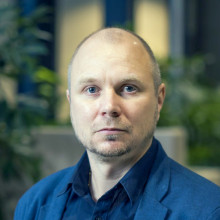
Self-sufficiency in critical metals is a challenge that awaits a solution in Europe
One such issue is Europe's self-sufficiency in critical metals and minerals. The topic has been discussed for decades, but unfortunately little progress and concrete actions have been made.
“The goals are the same as they were 15 years ago, and they are still quite far away. Projects related to the subject have faced many difficulties, which have even led to bankruptcies, as in the case of the battery project in Skellefteå, Sweden. It is difficult to make the operations profitable.”
The goal would be a fully European value chain. However, it is usually technologically and economically more viable to have some part of the value chain in China or elsewhere outside Europe. This way, Europe's strategic autonomy will not realise.
“There has been hope that the market economy would solve these challenges, but it is the exact reason why these kind of value chains are possible for companies. For instance, the European legislation prevents the market from being disrupted by means of precisely targeted investment subsidies, and exporting the production outside Europe cannot be prohibited by legislation.”
Separation science’s role in ensuring the future of humanity makes the researcher's work socially significant. The future of the field looks bright, but the complexity of the challenges can also be frustrating.
“For a researcher, it is a real treat to be able to study challenging topics. At the same time, it can make you feel overwhelmed.”
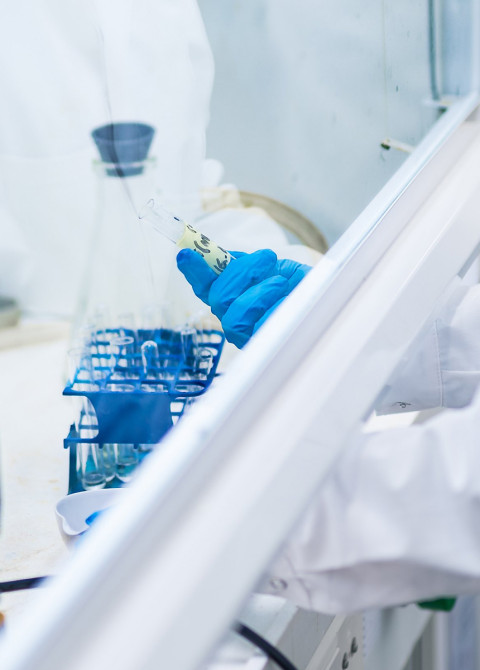
From a chemical engineering student to head of department and from Mikkeli to Lappeenranta
LUT's Separation Science covers all LUT's geographical locations: Lappeenranta and Lahti campuses, as well as the regional units in Mikkeli and Kouvola. Virolainen himself is from Mikkeli and has now lived in Lappeenranta for more than half of his life.
“I’m attached to this region, and it’s also part of my identity.”
Virolainen is a LUT alumni. After starting his studies in chemical engineering at the university in 2001, he has spent his entire academic career uninterrupted at LUT. However, his career has not been the result of long-term planning, as many things could have gone differently.
Virolainen was interested in mathematical subjects already in comprehensive school. He was admitted to study mathematics at the University of Jyväskylä in addition to LUT. He ended up choosing LUT only after careful consideration. Also, separation technologies for metals were originally only one research topic among others for him.
“There happened to be a vacancy in Erkki Paatero's lab related to copper separation technologies just when I was looking for a topic of my master's thesis. So, ending up to study metals was more of a coincidence than a calling, but during my research I quickly fell in love with the subject.”
Southeast Finland identity also through hobbies
Lappeenranta also plays an important part in Virolainen's freetime. He has played team ball sports all his life, including ice hockey, which he also follows actively.
“As a player, I come from Mikkelin Jukurit, and in Lappeenranta I used to play for PEPO. With my children, I am now involved in the basketball club Catz. Jukurit is still the most important team for me, but I have followed SaiPa since I moved to Lappeenranta,” Virolainen tells.
More information:
